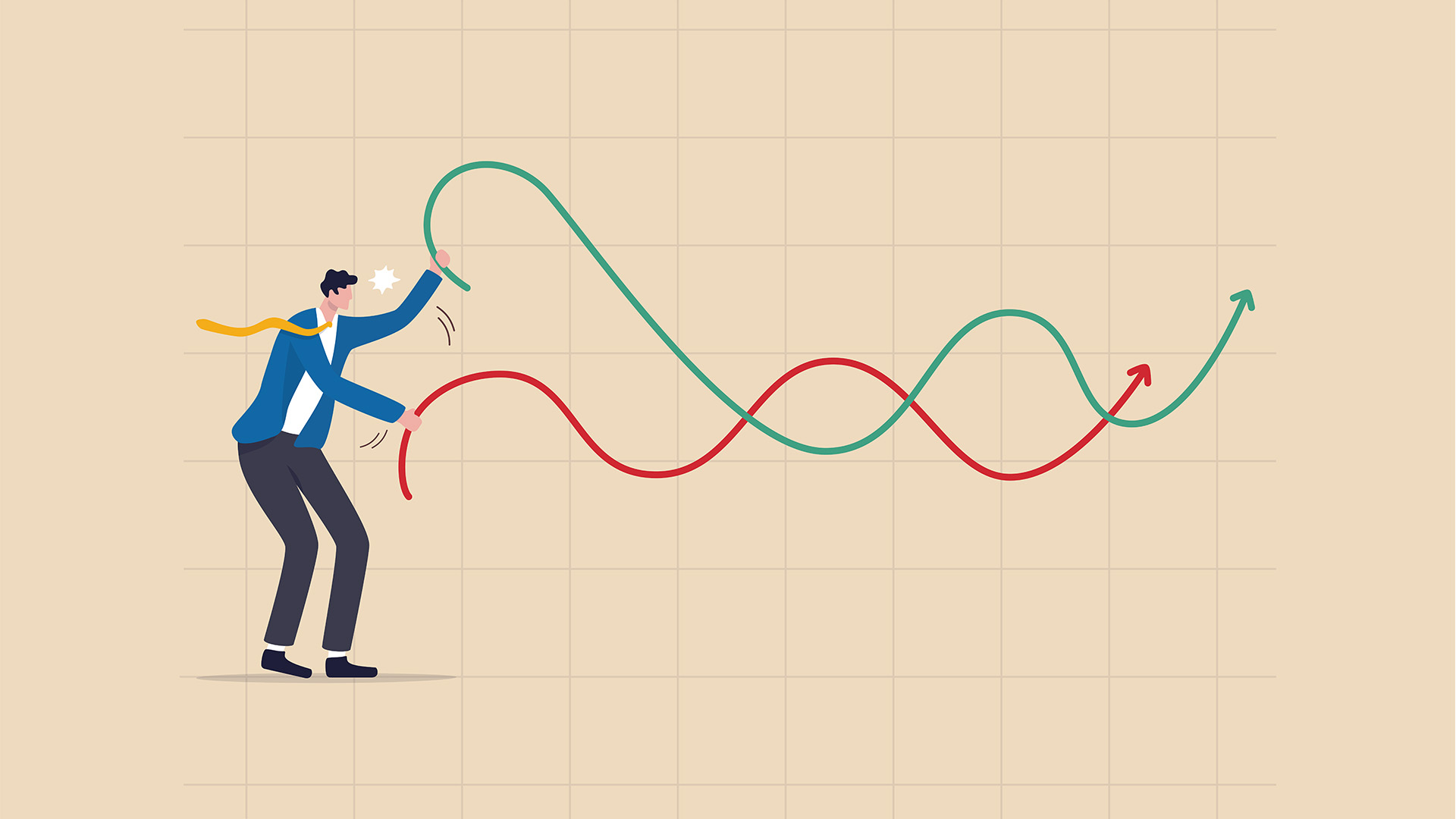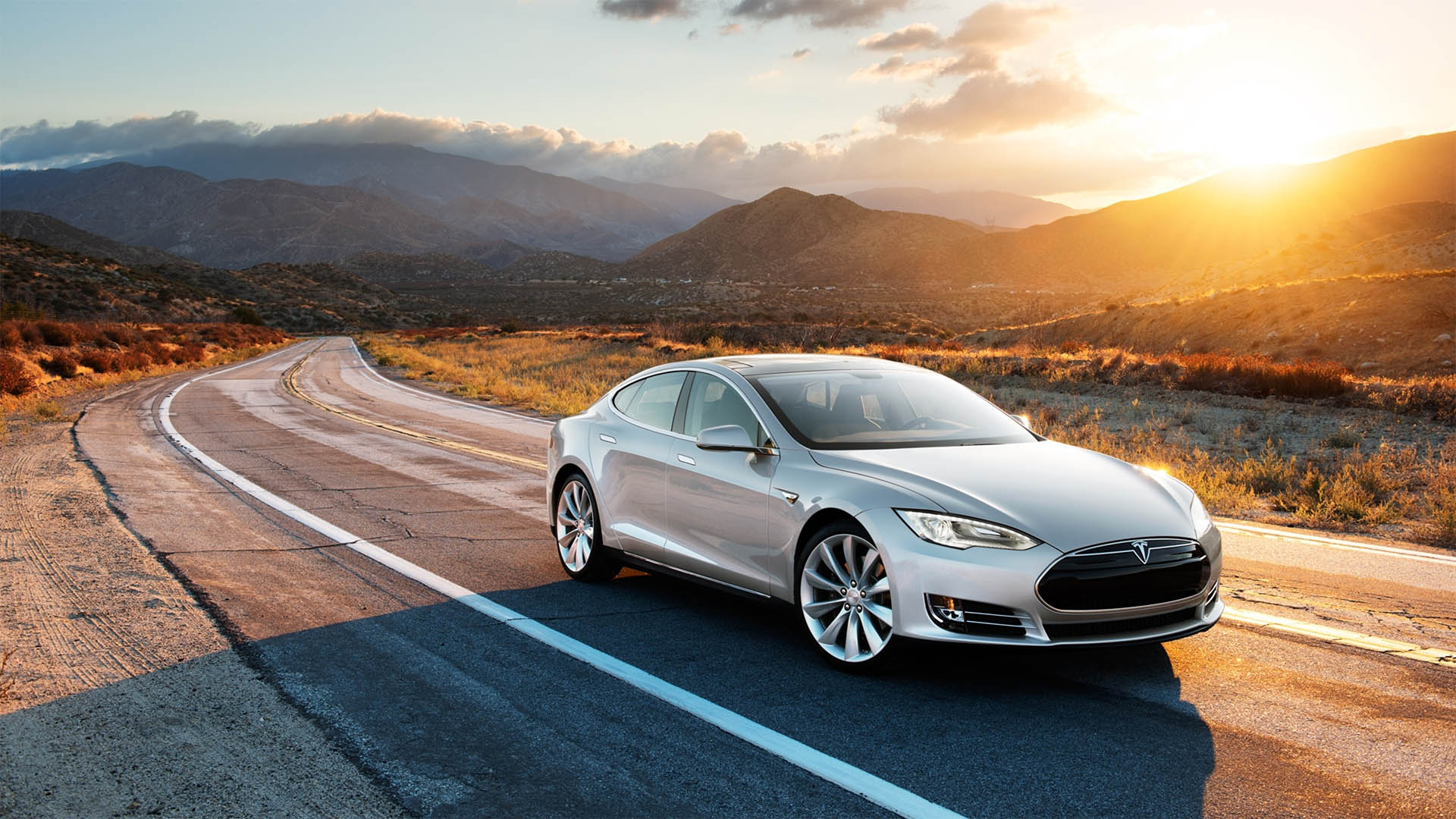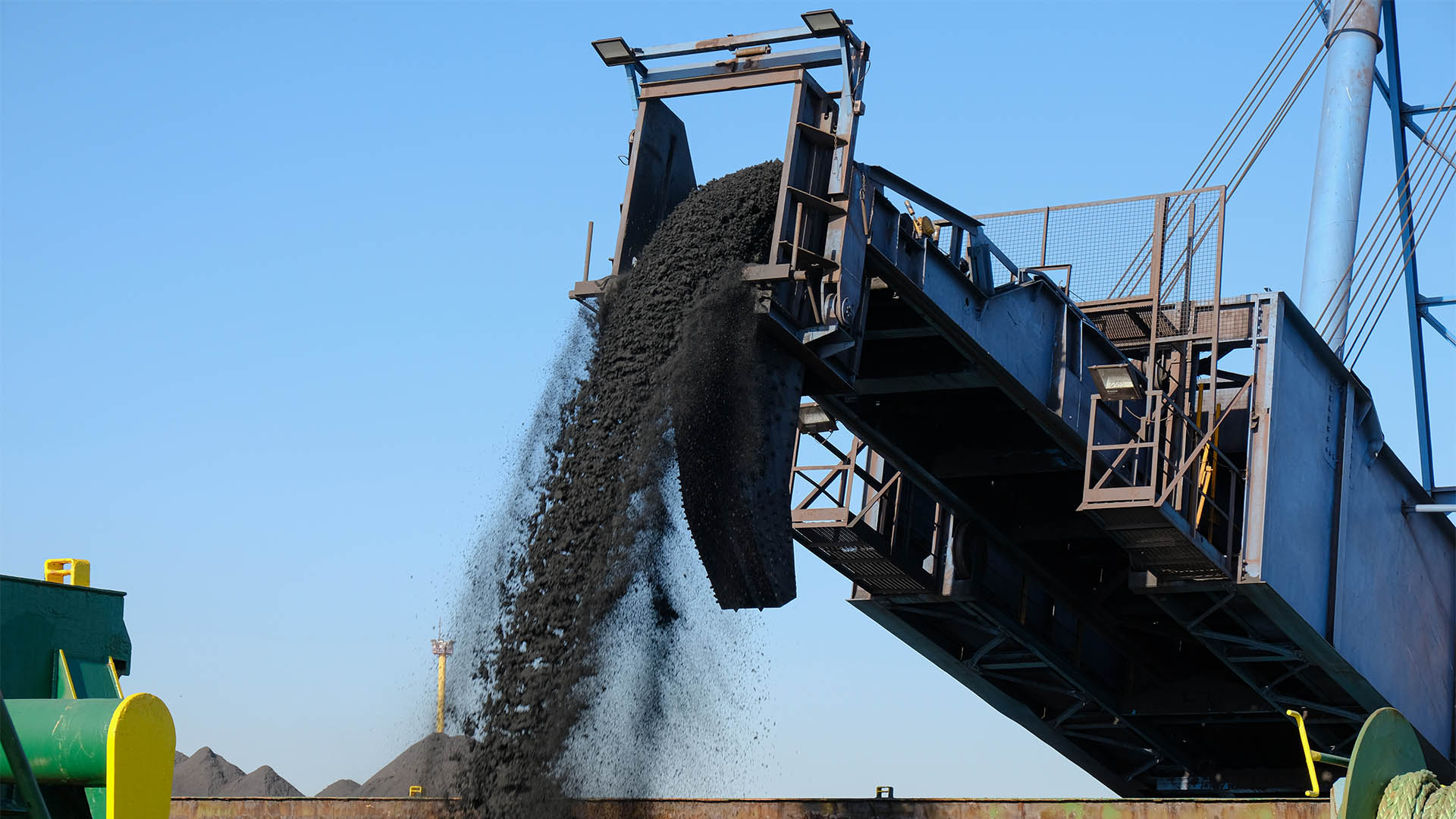China’s economic growth slowed to the weakest pace since 1990 in 2019.
Gross domestic product grew 6.1% in 2019, hitting analysts’ forecasts but down from 6.6% in 2018. Growth in the final three months of the year slowed to 6% which lower than some economists had expected.
Quarter on quarter GDP rose 1.5% in the three months to December from the September quarter.
The December quarter figure is spot on the 2020 growth target adopted late last year and to be announced in March.
The slow down revealed an economy under pressure from weak consumer spending, rising unemployment and continuing problems in the banking system with bad debts, weak demand and social pressures in some provinces.
But there were signs the economy survived a rough year in better shape than many analysts had forecast or even saw.
Production data told a different story with output of steel, copper, aluminium lead, zinc, nickel, tin, antimony, mercury, magnesium and titanium all hit new records in 2019, belying the sluggish pace of demand and the headwinds from the trade war with Donald Trump and the US.
New yuan loans hit a record 16.81 trillion yuan ($US2.44 trillion) in 2019.
And there were signs in the final two months of the year of an upturn. December industrial output, investment and retail sales all rose more than expected after an improved showing in November.
Industrial output grew 6.9% from a year earlier, up from 6.2% in November and ahead of forecasts of 5.9%.
Fixed asset investment in urban areas rose by 5.4% over the entirety of 2019, also stronger than the 5.2% annual pace seen in the first 11 months of the year.
Retail sale growth also exceeded expectations, lifting by 8.0% from a year earlier, unchanged from November but above the 7.8% increase forecast.
But there were a couple of weaker than forecast sectors.
Infrastructure investment grew just 3.8% in 2019, down from 4% in January-November, despite sharply higher local government bond issuance and other policy measures.
And property investment growth hit a two-year low in December even as it grew at a solid 9.9% pace in 2019. Property sales fell 0.1% last year, the first annual decline in five years.
Over the entire year, the 6.1% growth rate for the year was near the bottom of the 6%-6.5% government’s target range.
Chinese car sales fell for the second year in a row in 2019.
Figures released last week showed overall vehicle production totalled 25.721 million units in 2019, down 7.5%, while sales totalled 25.769 million units, down 8.2%.
Sales fell in December to be down in 18 of the previous 19 months.
Passenger car production fell 9.2% to 21.360 million units, while sales of passenger vehicles totalled 21.444 million units, down 9.6%.
Chinese carmakers reckon sales and production will fall for most of 2020 with a drop of around 2% forecast.












